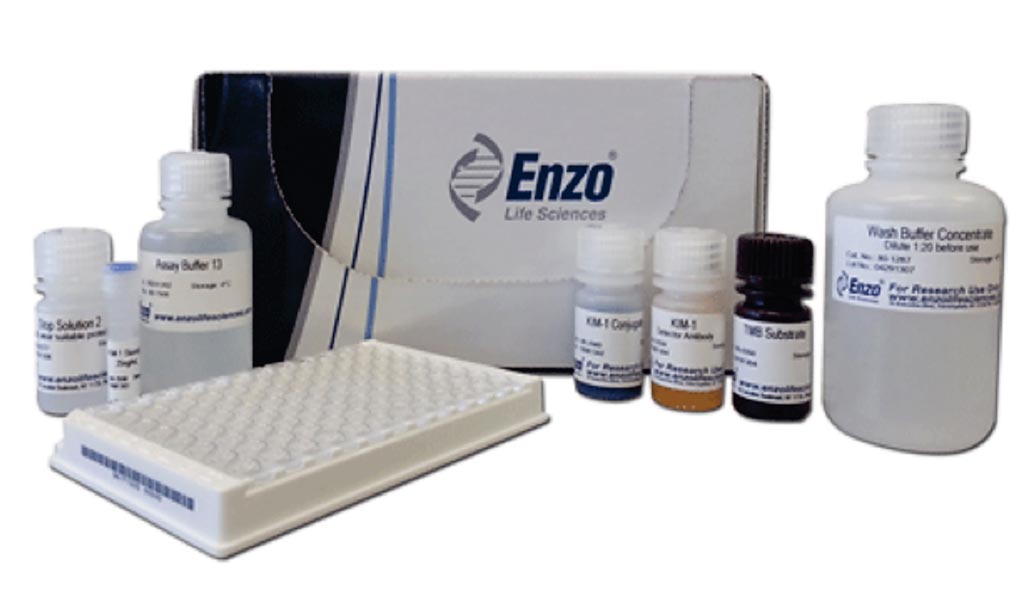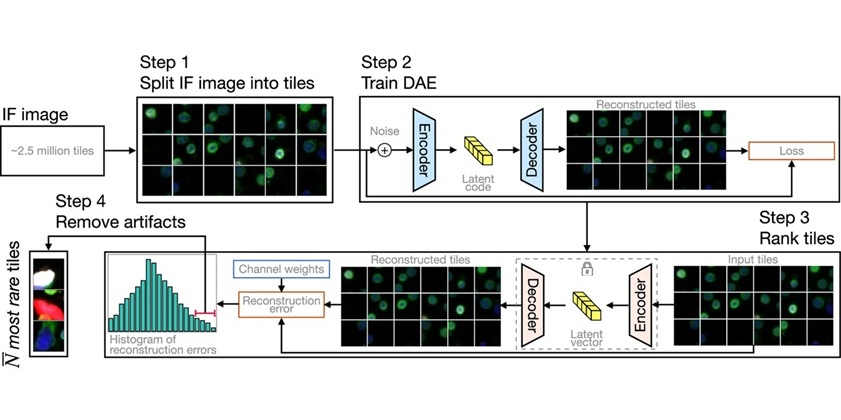Blood Test May Help Detect Kidney Cancer Earlier
By LabMedica International staff writers
Posted on 26 Sep 2018
Renal cell carcinoma (RCC) has the potential for cure with surgery when diagnosed at an early stage. Kidney injury molecule-1 (KIM-1) has been shown to be elevated in the plasma of RCC patients.Posted on 26 Sep 2018
Renal cell carcinoma is a kidney cancer that originates in the lining of the proximal convoluted tubule, a part of the very small tubes in the kidney that transport primary urine. RCC is the most common type of kidney cancer in adults, responsible for approximately 90% to 95% of cases.

Image: An ELISA Kit for Kidney Injury Molecule 1 (Kim1) (Photo courtesy of Enzo Life Sciences).
Scientists from the Beth Israel Deaconess Medical Center (Boston, MA, USA) and their colleagues conducted a population-based prospective cohort study that included 190 patients who developed renal cell carcinoma within five years (cases) and 190 patients who remained healthy (controls). A risk model that included kidney injury molecule-1 significantly distinguished between cases and controls, compared with a risk model that included known risk factors of renal cell carcinoma, including age, sex, country, BMI and tobacco smoking status. Kidney injury molecule-1 (KIM-1) was measured in in pre-diagnostic plasma.
The team reported that they found that patients who eventually developed renal cell carcinoma had double the concentration of kidney injury molecule-1 in prediagnostic plasma (incidence rate ratio = 1.71 (95% CI, 1.44-2.03). They compared a risk model including known risk factors of RCC (age, sex, country, body mass index and tobacco smoking status), with a risk model additionally including KIM-1 substantially improved discrimination between cases and controls (area under the receiver operating characteristic curve of 0.8 compared to 0.7). High plasma KIM-1 concentrations were also associated with poorer survival.
The authors concluded that plasma KIM-1 concentrations could predict RCC incidence up to five years prior to diagnosis and were associated with poorer survival. Rupal Bhatt, MD, PhD, a medical oncologist and the senior author of the study, said, “Renal cell carcinoma has the potential for cure with surgery when diagnosed at an early stage. Kidney injury molecule-1 has been shown to be elevated in the plasma of renal cell carcinoma patients.” The study was published on September 6, 2018, in the journal Clinical Cancer Research.
Related Links:
Beth Israel Deaconess Medical Center









 assay.jpg)



